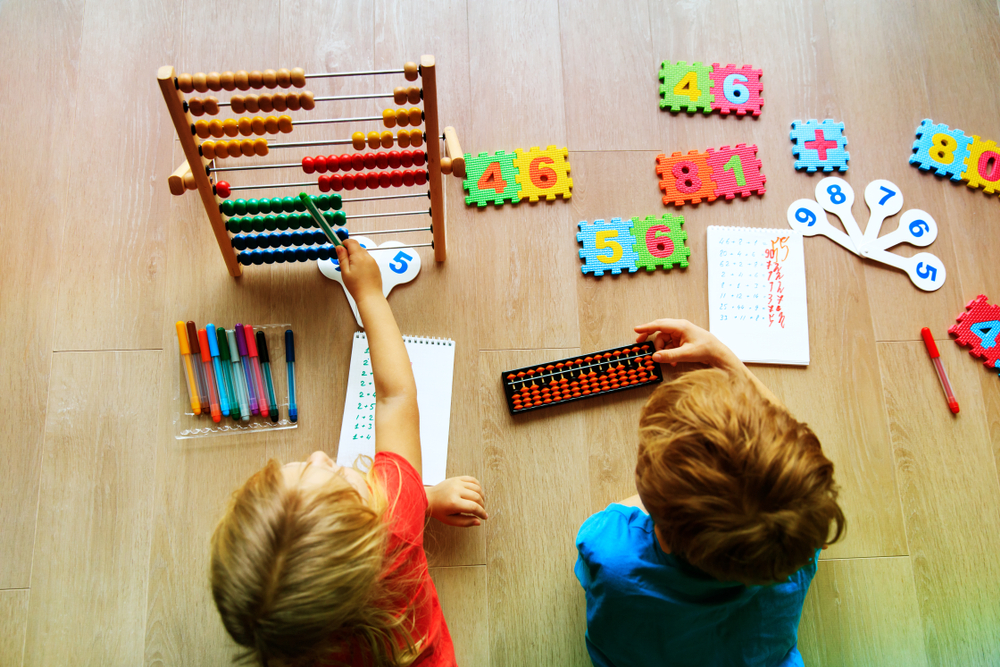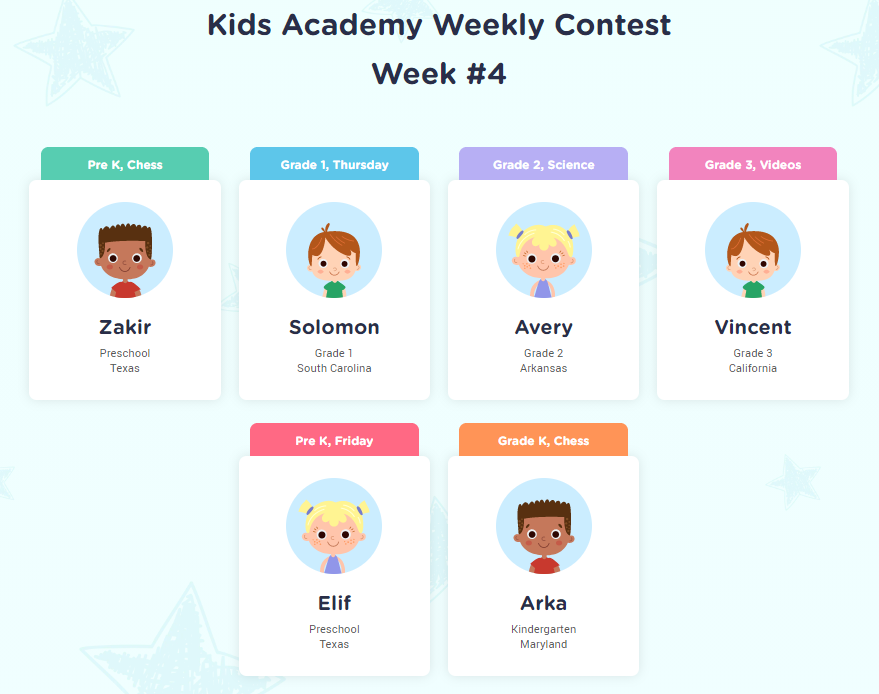Learning number patterns Math Worksheets for Ages 4-8
4 filtered results
-
From - To
Discover engaging math worksheets designed for ages 4-8 that focus on learning number patterns! Our expertly crafted resources help young learners develop essential skills while having fun. Explore various activities that strengthen counting, sequencing, and pattern recognition abilities. With colorful illustrations and interactive exercises, these worksheets make learning enjoyable and effective. Perfect for classroom use or home practice, they provide a comprehensive approach to math skills. Foster a love for numbers and support your child's early math education with our variety of printable resources. Start building a strong foundation in math today with our learning number patterns worksheets!
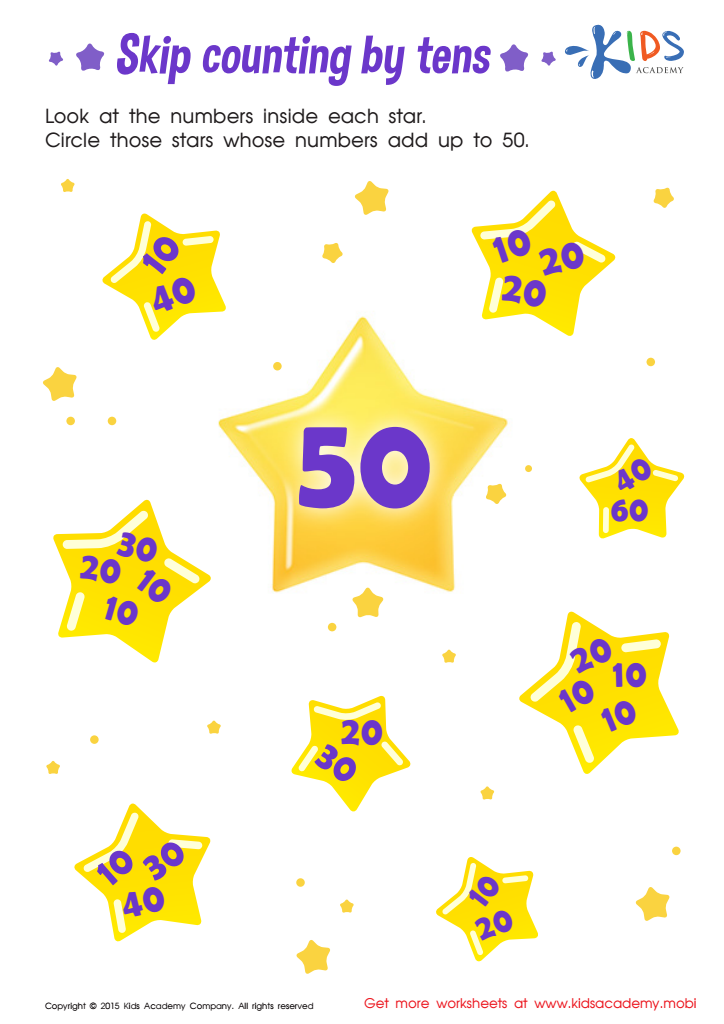

Learn Dozens: Skip Counting by Tens Printable
Learning number patterns is crucial for children aged 4-8, as it lays a solid foundation for mathematical understanding and problem-solving skills. At this age, children are like sponges, eager to absorb new concepts, and recognizing number patterns boosts their mathematical thinking.
Understanding patterns helps children develop critical thinking and reasoning abilities, as they learn to predict and identify sequences. For example, recognizing that 2, 4, 6... follows an "add two" rule enables them to anticipate the next number. This skill also supports fluency in addition and subtraction, which are essential for more complex operations later.
Moreover, engaging with patterns enhances cognitive development and prepares children for more advanced mathematical concepts like multiplication and division. It encourages them to look for relationships and make connections, fostering a deeper understanding of numbers.
Lastly, integrating pattern recognition into daily activities and play cultivates a love for math, transforming it from a daunting subject into an engaging challenge. By emphasizing number patterns, parents and teachers aid in building a child's confidence and enthusiasm for mathematics, ensuring a positive attitude that will benefit them throughout their educational journey.
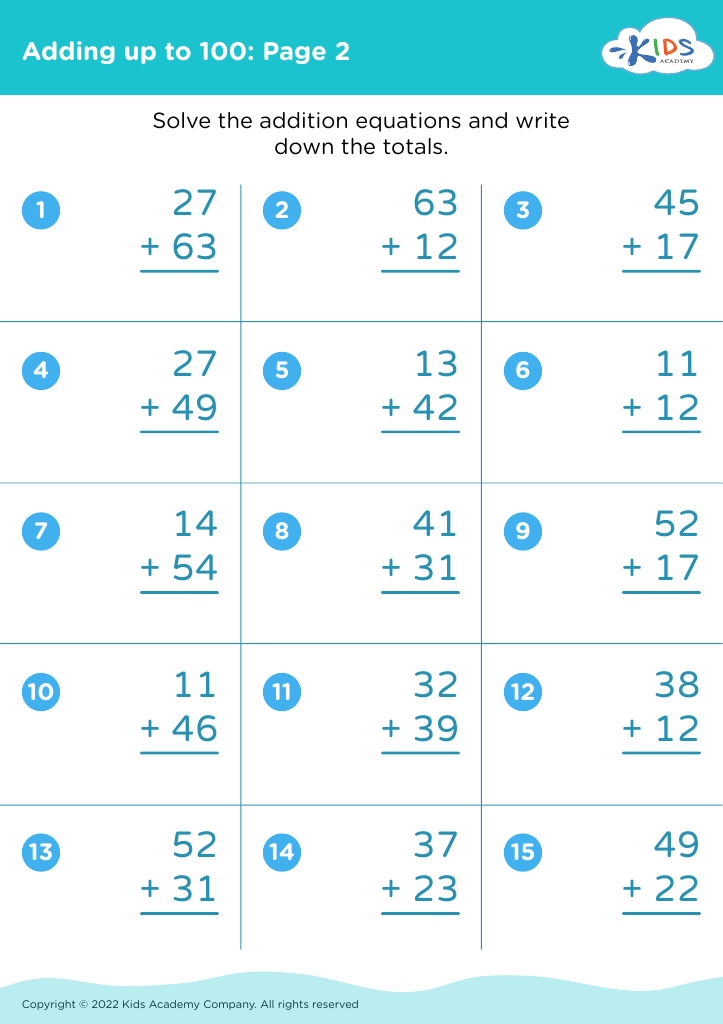
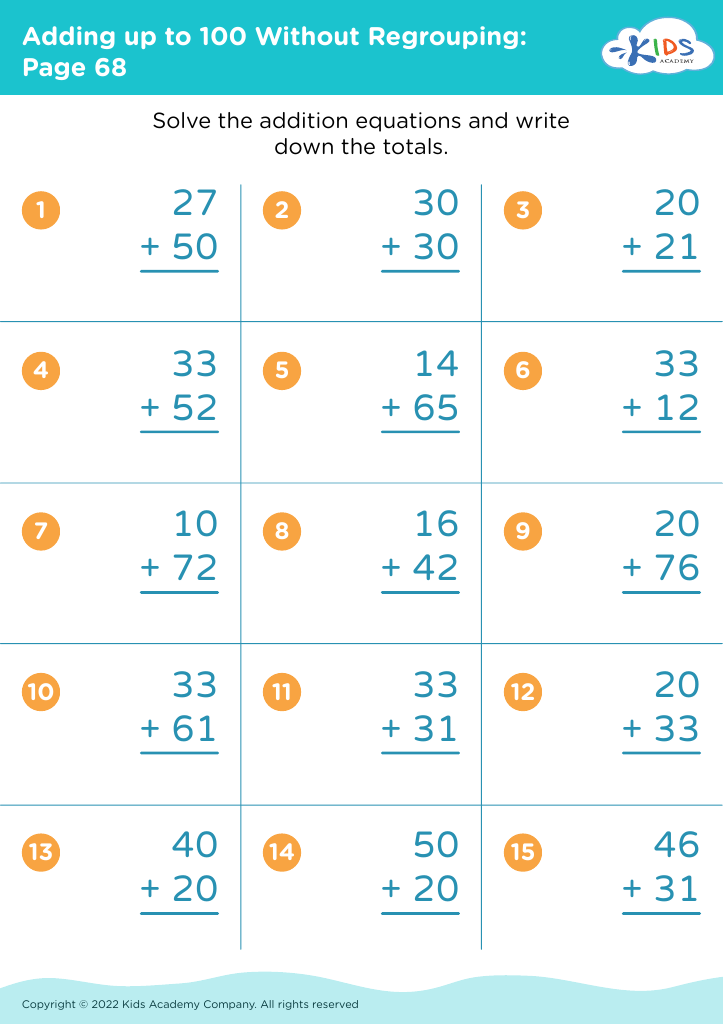
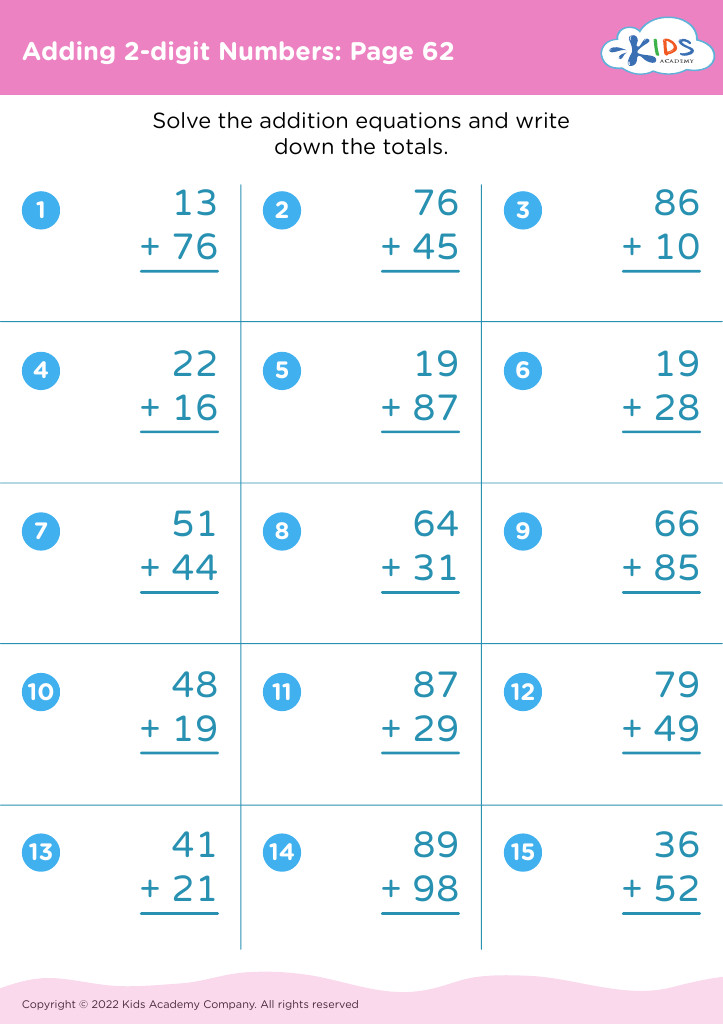
 Assign to My Students
Assign to My Students





